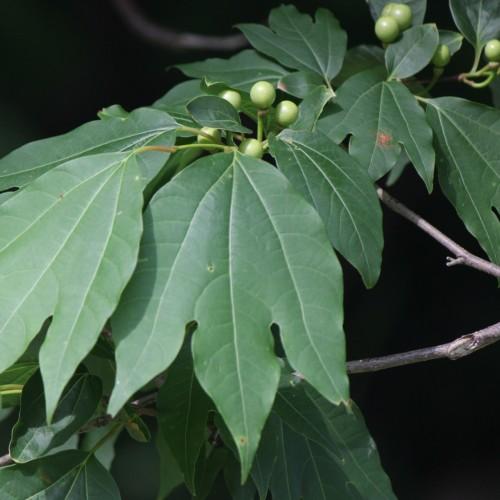
lindera
Lindera triloba
Cycle:
Perennial
Watering:
Average
Hardiness Zone:
7 - 9
Flowers:
Flowers
Sun:
Full sun,part shade
Fruits:
Fruits Ready In Fall
Edible:
Yes
Leaf:
Yes
Growth Rate:
Low
Maintenance:
Low
Care Level:
Medium
watering
Water linderas about once per week, during the growing season (typically early spring through late summer). Make sure to check the soil before watering, as overwatering can be a problem for lindera. If the soil is dry to roughly an inch below the surface of the soil, it is safe to water. Water thoroughly, so that water is coming out of the bottom of the pot, and allow the soil to dry out between waterings. During the winter months, water sparingly, as lindera prefers slightly dry conditions during the winter.
sunlight
Lindera triloba plants require an average of 6 hours of direct sunlight throughout the day. The amount of sunlight this species needs can vary depending on the location and climate. If grown in cooler, northern climates, Lindera triloba can benefit from more sunlight, up to 9 hours a day. In warmer areas closer to the equator, plants can still thrive with fewer hours of direct sunlight, such as 4 to 5 hours a day. It is important to keep the amount of sunlight consistent throughout the year, as overwintering can cause the plants to go into dormancy. The best time of day to provide adequate sunlight for Lindera triloba is during the morning hours, as the sun is not as harsh and the heat is not as intense.
pruning
Lindera (Lindera triloba) should generally be pruned during the winter or early spring months. Pruning should be done to maintain the desired shape and size of the shrub, and to remove older, weak, or crossing branches. Prune sparingly, as too much pruning can cause the loss of flowers and overall shrub health. Old wood should be removed to allow new, more vigorous growth. If desired, a light pruning after flowering in mid- to late summer will help to retain the shrub's shape and will reduce the vigor of the wood.
